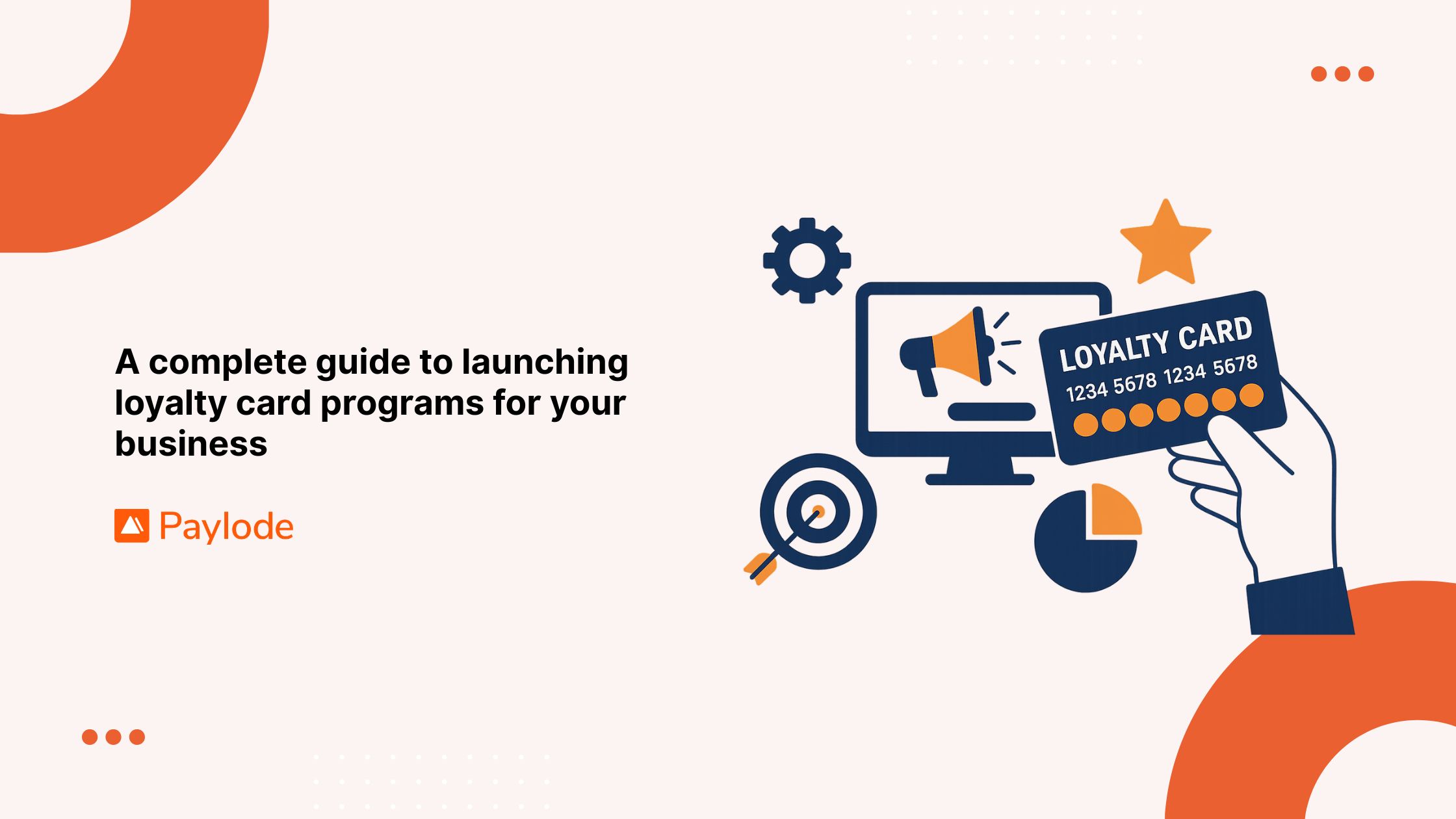Creating an effective member benefits program is essential for any organization looking to enhance member engagement, satisfaction, and retention. A well-designed program can provide significant value to members, encouraging them to stay loyal and active within the community. This comprehensive guide will walk you through the step-by-step process of designing and implementing a member benefits program, including key elements to consider and common pitfalls to avoid.
Key takeaways
- Understanding Member Needs: The importance of tailoring benefits to meet the diverse needs of your members.
- Implementation Strategies: Effective strategies for rolling out your member benefits program.
- Avoiding Common Pitfalls: Tips on how to avoid common mistakes when designing a member benefits program.
Understanding member needs
The first step in designing a member benefits program is to understand the needs and preferences of your members. This involves conducting thorough research and gathering insights through surveys, focus groups, and direct feedback. By understanding what your members value the most, you can tailor your benefits program to meet their specific needs.
Conducting surveys and focus groups
Surveys and focus groups are effective tools for gathering valuable insights from your members. Here are some key questions to consider:
- What types of benefits are most important to you?
- How often would you like to receive these benefits?
- What would make you more likely to renew your membership?
Analyzing member data
In addition to surveys and focus groups, analyzing existing member data can provide valuable insights into member behavior and preferences. Look at metrics such as member engagement, participation rates, and feedback from previous programs to identify trends and areas for improvement.
Designing your member benefits program
Once you have a clear understanding of your members' needs, the next step is to design a benefits program that aligns with those needs. Here are some key elements to consider:
Types of benefits to offer
- Discounts and savings: Offer discounts on products, services, or events that are relevant to your members.
- Exclusive access: Provide members with exclusive access to content, events, or resources.
- Educational resources: Offer webinars, workshops, or online courses that provide valuable knowledge and skills.
- Community building: Create opportunities for members to connect and network with each other through online communities or in-person events.
- Insurance options: Provide customized insurance programs that cater to the specific needs of your members.
Customizing and branding your program
Customization and branding are essential for creating a member benefits program that resonates with your members. Tailor the benefits to meet the unique needs of your members and brand the program in a way that aligns with your organization's identity.
Developing a tiered membership structure
Consider implementing a tiered membership structure that offers different levels of benefits based on membership tiers. This can incentivize members to upgrade their membership to access higher-tier benefits.
Implementing your member benefits program
Once your benefits program is designed, the next step is to implement it effectively. Here are some key strategies to consider:
Communication and promotion
Effective communication is crucial for the success of your member benefits program. Use multiple channels to promote the program, including email newsletters, social media, and your organization's website. Clearly communicate the value of the benefits and how members can access them.
Leveraging technology
Utilize technology to streamline the implementation and management of your benefits program. Membership management software can help you track member engagement, manage benefits, and automate communication. Paylode offers the technology to do this:
Engaging members
Engage your members by creating opportunities for them to provide feedback and participate in the program. Encourage members to share their experiences and suggestions for improvement. This can help you continuously refine and enhance your benefits program.
Measuring the effectiveness of your program
Measuring the effectiveness of your member benefits program is essential for ensuring its success and making continuous improvements. Here are some key metrics to consider:
Member engagement
Track member engagement metrics such as participation rates, event attendance, and usage of benefits. This can help you identify which benefits are most popular and which areas need improvement.
Member retention
Monitor member retention rates to assess the impact of your benefits program on member loyalty. A successful benefits program should lead to higher retention rates and reduced member churn.
Member feedback
Gather feedback from members through surveys, focus groups, and direct communication. Use this feedback to identify areas for improvement and make necessary adjustments to your benefits program.
Avoiding common pitfalls
When designing and implementing a member benefits program, it's important to be aware of common pitfalls and how to avoid them. Here are some key tips:
Overpromising and underdelivering
Avoid overpromising benefits that you cannot deliver. Be realistic about what you can offer and ensure that you can consistently deliver on your promises.
Lack of customization
One-size-fits-all benefits programs are less likely to resonate with your members. Tailor your benefits to meet the unique needs and preferences of your members.
Poor communication
Effective communication is essential for the success of your benefits program. Clearly communicate the value of the benefits and how members can access them. Use multiple channels to reach your members and keep them informed.
FAQs about designing a member benefits program
What are member benefits programs?
Member benefits programs are exclusive perks and services offered to individuals who join organizations, aimed at enhancing engagement and satisfaction.
What types of benefits can organizations offer?
Organizations can offer a variety of benefits, including discounts, exclusive access, educational resources, community-building initiatives, and customized insurance options.
How can member benefits programs enhance retention?
By providing valuable resources and services, organizations can increase member satisfaction and loyalty, leading to higher retention rates.
How do organizations measure the effectiveness of their member benefits programs?
Organizations can measure the effectiveness of their benefits programs by tracking member engagement, retention rates, and gathering feedback from members.
What are the costs associated with implementing and maintaining member benefits programs?
The costs associated with implementing and maintaining member benefits programs can vary depending on the types of benefits offered and the size of the membership base. It's important to budget for these costs and ensure that the benefits program provides a positive return on investment.
How can organizations tailor benefits to meet the diverse needs of their members?
Organizations can tailor benefits to meet the diverse needs of their members by conducting surveys, focus groups, and analyzing member data to understand their preferences and needs.
Related articles
- Increase your online community's engagement: Here's how
- Loyalty program builder guide: Design your perfect program
- Retain your online community members with perks
- 2024 customer loyalty program examples
By understanding the various aspects of member benefits programs and implementing effective strategies, organizations can better serve their members and foster a sense of community and loyalty.



